1,3-Diphenylurea
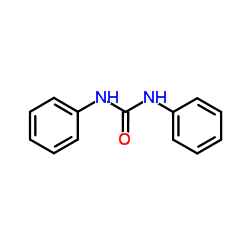
1,3-Diphenylurea structure
|
Common Name | 1,3-Diphenylurea | ||
|---|---|---|---|---|
| CAS Number | 102-07-8 | Molecular Weight | 212.25 | |
| Density | 1.1±0.1 g/cm3 | Boiling Point | 374.6±25.0 °C at 760 mmHg | |
| Molecular Formula | C13H12N2O | Melting Point | 239-241 °C(lit.) | |
| MSDS | USA | Flash Point | 180.4±23.2 °C | |
Use of 1,3-Diphenylurea1,3-Diphenylurea is a biochemical reagent that can be used as a biological material or organic compound for life science related research. |
| Name | 1,3-diphenylurea |
|---|---|
| Synonym | More Synonyms |
| Description | 1,3-Diphenylurea is a biochemical reagent that can be used as a biological material or organic compound for life science related research. |
|---|---|
| Related Catalog | |
| In Vitro | 1,3-二苯基脲是一种细胞分裂素。1,2 当在生长培养基中以 1 到 16 mg/L 的浓度使用时,它会增加烟草植物组织的鲜重。1 1,3-二苯基脲(32 和 100 μM)增加培养的 P. lunatus 愈伤组织的生长。2 在第一代培养过程中添加的外源性 1,3-二苯基脲(32 和 100 μM)在培养的 P. lunatus 组织中诱导第二代细胞分裂素自主性。 |
| References |
| Density | 1.1±0.1 g/cm3 |
|---|---|
| Boiling Point | 374.6±25.0 °C at 760 mmHg |
| Melting Point | 239-241 °C(lit.) |
| Molecular Formula | C13H12N2O |
| Molecular Weight | 212.25 |
| Flash Point | 180.4±23.2 °C |
| Exact Mass | 212.094955 |
| PSA | 41.13000 |
| LogP | 3.24 |
| Vapour Pressure | 0.0±0.9 mmHg at 25°C |
| Index of Refraction | 1.586 |
| Stability | Stable. Incompatible with strong oxidizing agents. |
| Personal Protective Equipment | Eyeshields;Gloves;type N95 (US);type P1 (EN143) respirator filter |
|---|---|
| Hazard Codes | Xi |
| Risk Phrases | R22 |
| Safety Phrases | S22-S24/25 |
| RIDADR | 2811 |
| WGK Germany | 3 |
| RTECS | FD9800000 |
| Packaging Group | III |
| Hazard Class | 6.1(b) |
| HS Code | 2924299090 |
| Precursor 9 | |
|---|---|
| DownStream 9 | |
| HS Code | 2924299090 |
|---|---|
| Summary | 2924299090. other cyclic amides (including cyclic carbamates) and their derivatives; salts thereof. VAT:17.0%. Tax rebate rate:13.0%. . MFN tariff:6.5%. General tariff:30.0% |
|
The structure-activity relationship of urea derivatives as anti-tuberculosis agents.
Bioorg. Med. Chem. 19 , 5585-95, (2011) The treatment of tuberculosis is becoming more difficult due to the ever increasing prevalence of drug resistance. Thus, it is imperative that novel anti-tuberculosis agents, with unique mechanisms of... |
|
|
Synthesis and evaluation of fluoroquinolone derivatives as substrate-based inhibitors of bacterial efflux pumps.
Eur. J. Med. Chem. 43 , 2453-63, (2008) Bacterial efflux pump systems contribute to antimicrobial resistance in pathogenic bacteria. The co-administration of bacterial efflux pump inhibitors with antibiotics is being pursued to overcome eff... |
|
|
Selectivity of kinase inhibitor fragments.
J. Med. Chem. 54 , 5131-43, (2011) A kinase-focused screening set of fragments has been assembled and has proved successful for the discovery of ligand-efficient hits against many targets. Here we present some of our general conclusion... |
| N'N'-Diphenyl urea |
| Urea, N,N'-diphenyl- |
| EINECS 203-003-7 |
| N,N′-Diphenylurea |
| N,N'-Diphenylcarbamimidic acid |
| 1,3-Diphenylurea |
| Carbanilide |
| N,N'-Diphenylurea |
| MFCD00003017 |
| Methanol, 1-(phenylamino)-1-(phenylimino)-, (E)- |
 CAS#:201230-82-2
CAS#:201230-82-2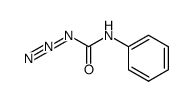 CAS#:940-38-5
CAS#:940-38-5 CAS#:124-38-9
CAS#:124-38-9 CAS#:1202047-15-1
CAS#:1202047-15-1 CAS#:98-95-3
CAS#:98-95-3 CAS#:65-85-0
CAS#:65-85-0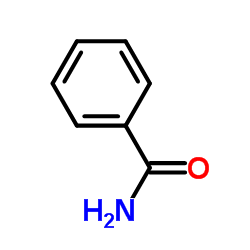 CAS#:55-21-0
CAS#:55-21-0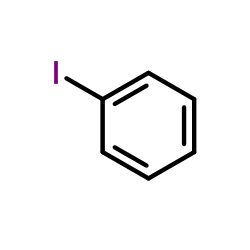 CAS#:591-50-4
CAS#:591-50-4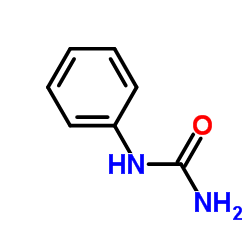 CAS#:64-10-8
CAS#:64-10-8 CAS#:537-47-3
CAS#:537-47-3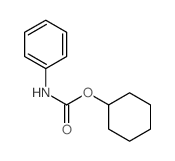 CAS#:3770-95-4
CAS#:3770-95-4 CAS#:92-77-3
CAS#:92-77-3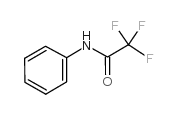 CAS#:404-24-0
CAS#:404-24-0 CAS#:19738-40-0
CAS#:19738-40-0 CAS#:101-99-5
CAS#:101-99-5 CAS#:1457-85-8
CAS#:1457-85-8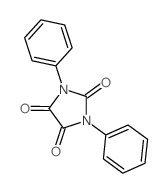 CAS#:6488-59-1
CAS#:6488-59-1 CAS#:864131-95-3
CAS#:864131-95-3
